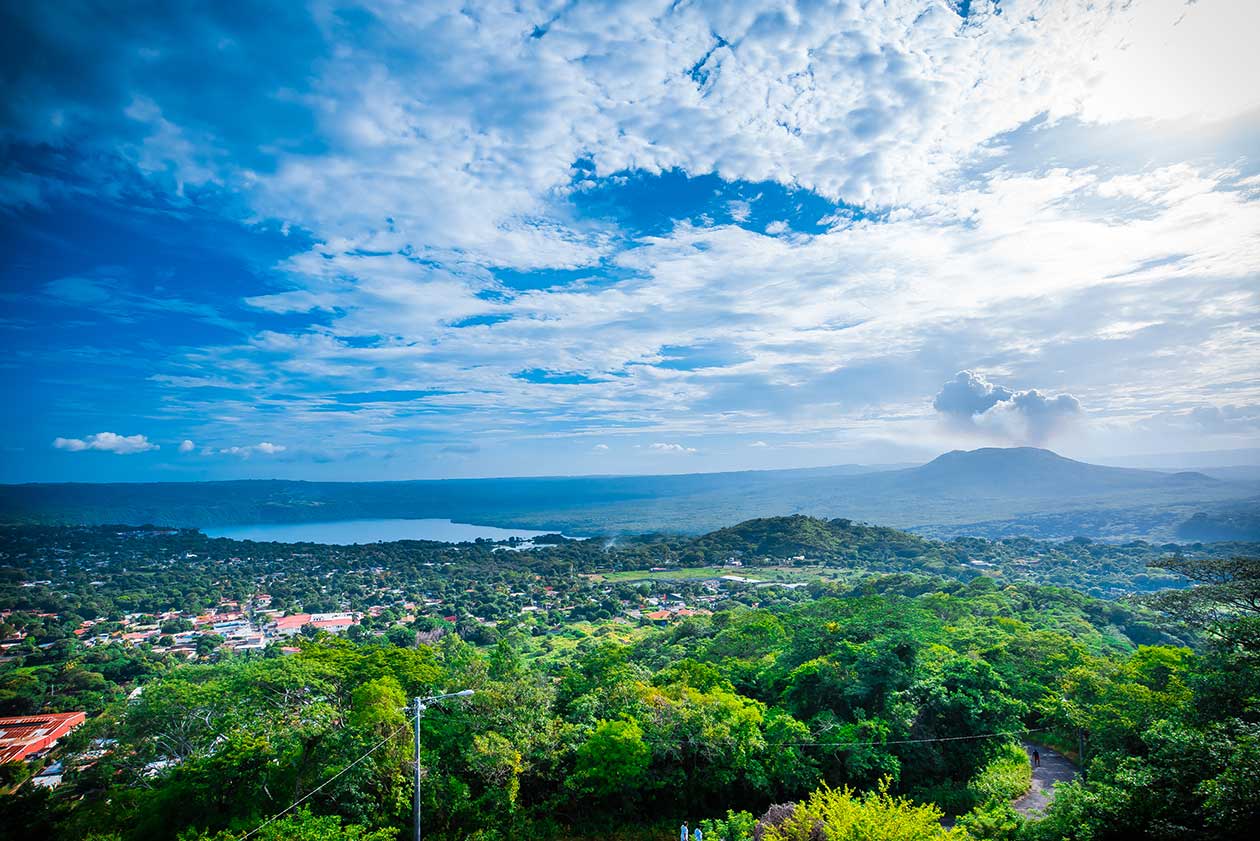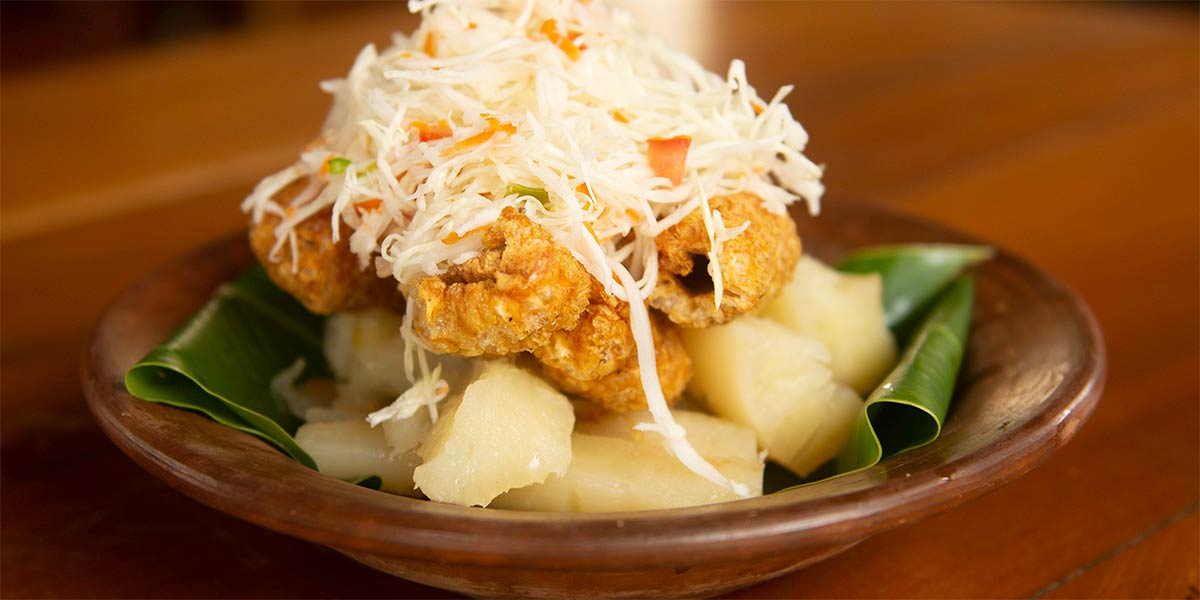Nicaragua travel tips
Nicaragua travel tips: Land of volcanoes, lakes, and lush landscapes; rich in colonial history, vibrant markets, and warm hospitality.
Divisions 🌎
Nicaragua travel tips. Here is a list of all the divisions of the Nicaragua.



















Before you go 🛩
Important information you should know before your trip
Info

Capital | Managua
Flag Codes
ISO alpha-2 NI, ISO alpha-3 NIC
Currency
Badge | Nicaraguan córdoba
CODE | NIO
NUMBER | 558
SYMBOL | C$
FRACTION | Penny
Mobile Coverage
Dialing Code | +505
SIM Card
Coverage
3G / 4G / 5G
Mobile Networks | Claro Movil | Tigo Movil |

Location
Nicaragua is located in Central America, bordered by Honduras to the north and Costa Rica to the south. It is situated between the Pacific Ocean to the west and the Caribbean Sea to the east. The country’s geographical coordinates are approximately between 11°00’N and 14°00’N latitude, and 82°00’W and 87°00’W longitude. Nicaragua has a diverse landscape that includes mountains, volcanoes, lakes, and coastal plains. It is known for its beautiful beaches, stunning volcanoes (such as Momotombo and Concepción), and the largest freshwater lake in Central America, Lake Nicaragua.
Currency
The currency of Nicaragua is the Nicaraguan córdoba (NIO). The córdoba is named after Francisco Hernández de Córdoba, a Spanish conquistador who founded the first European settlements in Nicaragua. The currency is subdivided into 100 centavos, although centavo coins are not currently in circulation. Banknotes are commonly used for everyday transactions, and they are available in denominations of 10, 20, 50, 100, 200, and 500 córdobas.
Languages
The official language of Nicaragua is Spanish. Spanish is spoken by the majority of the population and serves as the primary language for communication, government, education, and media in the country. However, it’s important to note that Nicaragua is also home to several indigenous languages, including Miskito, Sumo, Garifuna, and Rama, which are spoken by various indigenous communities. Additionally, there are smaller communities of English and Creole speakers along the Caribbean coast due to historical connections with English-speaking countries in the region. Nevertheless, Spanish remains the dominant and widely spoken language throughout Nicaragua.
Climate 🌡
Nicaragua has a tropical climate characterized by two distinct seasons: the dry season and the rainy season. The climate is influenced by its proximity to both the Pacific Ocean and the Caribbean Sea.
The dry season typically occurs from November to April, when the country experiences lower rainfall and higher temperatures. During this time, the Pacific coast and central regions of Nicaragua are relatively dry, with warm and sunny weather. The Caribbean coast, however, may still receive some rainfall during this period.
The rainy season usually takes place from May to October. This is when Nicaragua experiences the majority of its rainfall, particularly in the form of afternoon showers and thunderstorms. The Caribbean coast generally receives more rainfall than the Pacific coast, and some areas in the eastern region can be quite humid.
Nicaragua also has regional variations in climate due to its diverse topography. The central highlands and mountainous areas have cooler temperatures than the coastal plains. In addition, the country is prone to hurricanes or tropical storms, especially on the Caribbean coast, during the hurricane season, which runs from June to November.
Overall, Nicaragua has a warm and tropical climate throughout the year, with temperatures ranging from around 25°C (77°F) to 35°C (95°F) depending on the season and location.
Nicaragua travel tips
Here are some travel tips for visiting Nicaragua:
Volcanic Exploration:
Discover Nicaragua’s volcanic landscapes, like Masaya and Ometepe Island.
Colonial Cities:
Explore Granada and León for well-preserved colonial architecture and vibrant local culture.
Ometepe Island:
Visit this unique island formed by two volcanoes in Lake Nicaragua for nature and adventure.
Lake Nicaragua:
Enjoy the largest lake in Central America; visit Ometepe or take a boat to explore its islets.
Public Transportation:
Affordable local buses, comfortable shuttles, taxis for urban travel, and explore remote areas with rented cars. View Guide.
Nature Reserves:
Explore diverse ecosystems in reserves like Bosawás; support eco-friendly and sustainable tourism practices.
Safety:
Try traditional dishes like gallo pinto and vigorón; explore the diverse Nicaraguan culinary scene.
Enjoy the incredible beauty and diversity that Nicaragua has to offer!

The best of the best
Nicaraguan cuisine is diverse and influenced by indigenous, Spanish, and African culinary traditions.

Nacatamal
A traditional Nicaraguan tamale, Nacatamal consists of masa (corn dough) stuffed with seasoned meat (typically pork), rice, potatoes, and vegetables. It is wrapped in a banana leaf and steamed.

Vigorón
A popular street food dish, Vigorón features boiled yuca (cassava) topped with pickled cabbage salad (curtido) and chicharrones (fried pork rinds).

Indio Viejo
A hearty stew made with shredded beef or pork, vegetables, and cornmeal, flavored with achiote (annatto) and sour oranges. It is often served with rice. milk, tomatoes, onions, and spices.
Here are some typical foods you might find in Nicaragua:
Quesillo: A popular Nicaraguan snack, Quesillo consists of a tortilla filled with string cheese, pickled onions, and sour cream. It is often enjoyed as a quick bite.
Sopa de Mondongo: A tripe soup made with beef or pork tripe, vegetables, and spices. It is a hearty and flavorful dish often enjoyed as a main course.
Vaho: A dish similar to a beef stew, Vaho features beef, plantains, yuca, and vegetables cooked in a flavorful broth. It is a comforting and filling meal.
Rondón: A traditional Afro-Caribbean dish, Rondón is a seafood stew made with fish, shrimp, crab, plantains, yuca, and coconut milk. It is popular along the Caribbean coast of Nicaragua.
Tiste: A traditional beverage made from roasted corn, cocoa, and spices. It is often served chilled and has a unique and rich flavor.
These are just a few examples of the many delicious dishes you can find in Nicaragua. The country’s cuisine is diverse, flavorful, and reflects its rich cultural heritage.
Transportation 🚥
More information about this country
Choose your destination 📍🗺
Useful Links ✅



